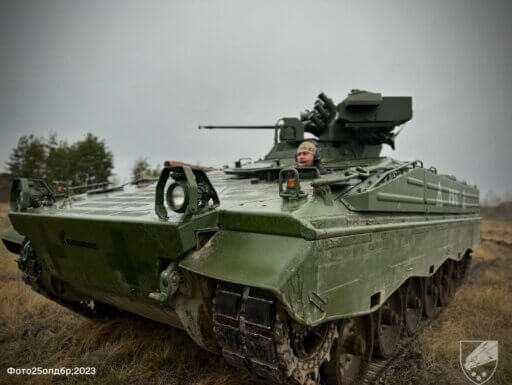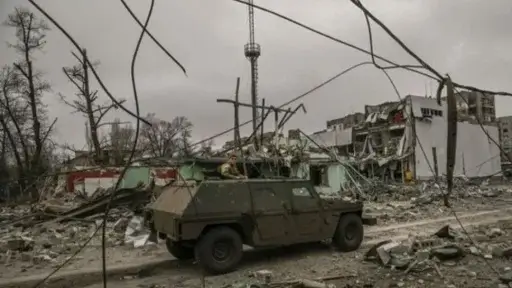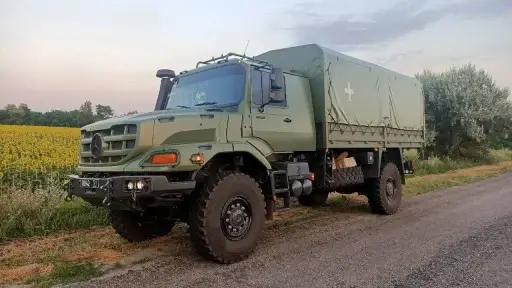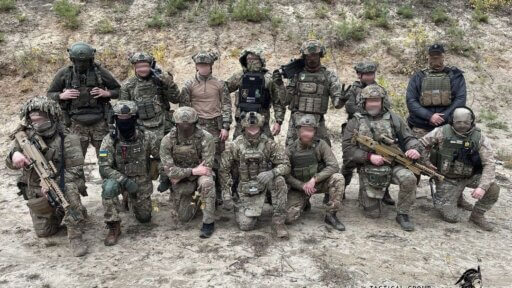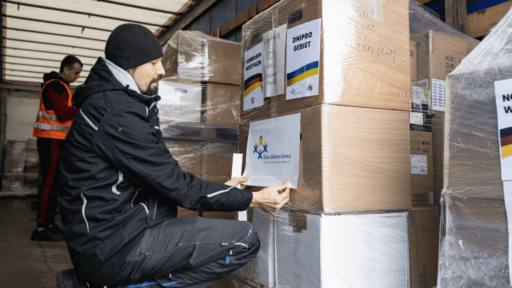That Germany is the second-largest supporter of Ukraine after the USA should be well known by now. One reason is that the German Chancellor Olaf Scholz mentions it at every opportunity as a distraction in response to critical questions about (allegedly) delayed arms deliveries.
Our truly huge military support to Ukraine includes not only the direct delivery of military material, but also the lesser-noticed Ringtausch programme (roughly translated “circular exchange”).
Before I continue with this article, however, I would like to point out two circumstances.
On the one hand, no other country in the world has a comparable equivalent. So if Germany did not run this programme either, “no one would care” and Ukraine would accordingly have much less material to work with.
On the other hand, neither the Marder 1A3 nor the Leopard 2A4 nor the Patriot were delivered to Ukraine when the contracts were concluded. Only the logistical trucks could have been delivered to Ukraine by the German government at that time without any concerns.
Ringtausch programme?
As already mentioned, Germany not only directly supplies military material to Ukraine, but has also ensured that some other countries have supplied Ukraine with heavy weapons such as tanks in 2022.
In theory, the Ringtausch programme has not been terminated in 2023, but no contracts have been signed this year, so I assume that we won’t see a new Ringtausch in the future.
But how exactly does such a Ringtausch work? I have created a small graphic especially for this question — but please don’t expect a miracle from me now.
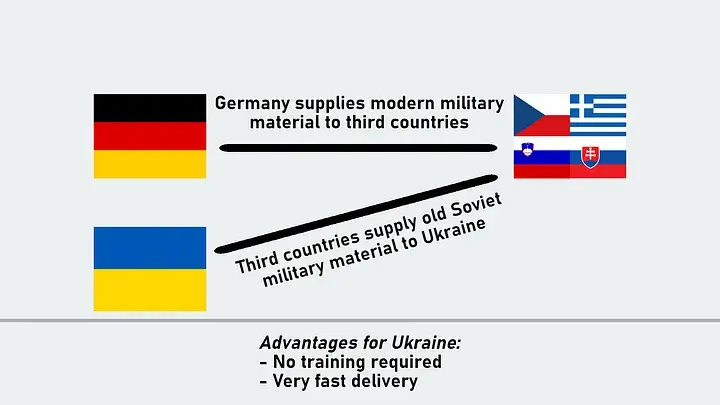
As shown in the graphic, Germany supplies a third country with more modern military material produced in Germany. In return, this third country supplies its old Soviet military material to Ukraine.
A simple but unpopular concept
The concept is simple and has several advantages. For Ukraine, this means that it can very quickly obtain weapons systems that can be operated by its own soldiers without further training.
For those third countries that have handed over their old military material, this means that they can replace the material they have handed over with more modern German material at no direct cost.
For the German industry, this means one thing above all: revenue. On the one hand, there is a direct contract from the German government and on the other hand, the countries are bound to the German arms industry for a more or less long period of time. This will result in a total revenue of several hundred million euros in the future!
Let’s take the Czech Republic as an example. The country is getting 14 Leopard 2A4s and 1 Bergepanzer 3 “Büffel” from the German industry, for the T-72M1s given to Ukraine. In May of this year, it became known that the Czech Republic would like to purchase an additional approximately 70 Leopard 2A8s.
But let’s come back to the Ringtausch programme.
Why is it so unpopular?
As already mentioned several times, the concept is nevertheless very unpopular. Especially in Ukraine. The Ukrainian ambassador to Germany, Oleksii Makeiev, recently said at Zeitenwende on tour in Berlin that there were two very unpopular words in 2022 for Ukrainians. One of them was “Ringtausch”.
The big problem here is probably that most Ukrainians or supporters of Ukraine think that the AFU could have very well-used the German systems like Leopard MBTs or Marder IFVs itself.
Of course, I can understand this thought and in theory they are right, but I see a fundamental issue there, which is ignored by almost all loud voices.
The delivery time
Only one delivery via the Ringtausch programme was made from Bundeswehr stocks. All other deliveries are or will be made over many months via the German industry, and that is where I see the issue.
In the case of the Greek delivery, for example, by now, Ukraine would then have received just 25 Marder 1A3s instead of the 40 BMP-1A1-Ost already delivered from October 2022 onwards. Greece is to receive the remaining 15 Marder 1A3s by the end of the year. Ukraine would therefore have to wait about a whole year longer for the delivery to be completed.
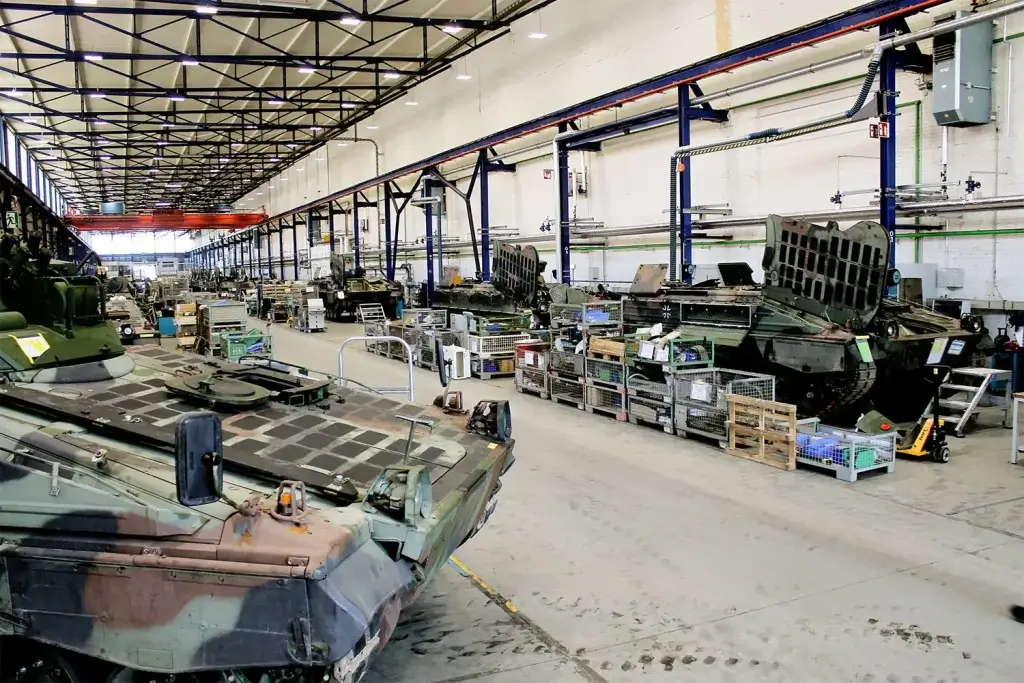 Image: Jan-Phillipp Weisswange
Image: Jan-Phillipp WeisswangeIn addition, there is the necessary training that the Ukrainian soldiers would then have to receive in Germany. More weeks go by… Let’s now look at what Ukraine has received through the German Ringtausch programme.
Air defence & tanks for Ukraine
Four countries have delivered heavy weapon systems to Ukraine within the framework of the Ringtausch programme. An air defence system was delivered, as well as dozens of infantry fighting vehicles and tanks.
Czech Republic
The Czech Republic has already received all their 14 promised Leopard 2A4s. One Bergepanzer 3 will follow by mid-2024.
Germany’s neighbour had already delivered about 40 T-72M1s to Ukraine months before the contract was signed. Accordingly, the delivery to Ukraine was not necessarily tied to German compensation.
Greece
Greece will receive a total of 40 Marder 1A3s by the end of the year. “Only” 25 have been delivered by Rheinmetall so far. This will certainly have something to do with the fact that many of the refurbished IFVs were delivered directly to Ukraine or are intended for that purpose. In return, Greece has delivered 40 BMP-1A1-Ost to Ukraine, starting in October 2022.
Slovenia
Via Slovenia, 28 highly modernized T-55s, so-called M-55S, arrived in Ukraine. The tanks have a new gun and better armour. A lot of electronics have also been modernized, and the tanks have had additional assistance systems installed.
Slovenia has received 40 HX 8×8 trucks and 5 tank containers for the delivery of the battle tanks.

Slovakia
Slovakia has handed over 30 BVP-1s to Ukraine in exchange for 15 Leopard 2A4s. These are also to be delivered in total by the end of 2023. Rheinmetall states that it can deliver a total of about 3 Leopard 2A4s per month to Slovakia and the Czech Republic.
Slovakia is the only country to have completed two deliveries via the Ringtausch programme. The country, which borders Ukraine, delivered an S-300 air defence system in April 2022.
In return, Germany stationed an army company and two Patriot air defence systems in Slovakia. They were replaced by 5 air surveillance radars LÜR and two MANTIS air defence systems, which were delivered in late October.
In absolute figures, this means that 70 BMP-1s (different variants), 28 M-55Ss, ~40 T-72s and 1 S-300 were delivered to Ukraine through or in connection with the German Ringtausch programme. This is also summarised on my website (as shown in the graphic).
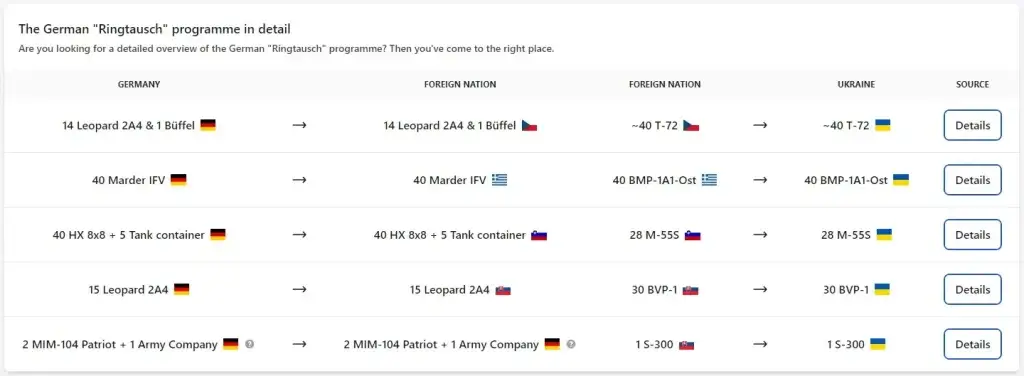
For me personally, these are excellent reasons why the German Ringtausch programme was not a mistake and was an important military assistance provided to Ukraine.
The figures speak for themselves. Around 70 tanks, 70 infantry fighting vehicles and one air defence system.
If you liked this post, consider following me on X, Bluesky, or Telegram. If you like, you can also leave me a tip on Ko-fi.


